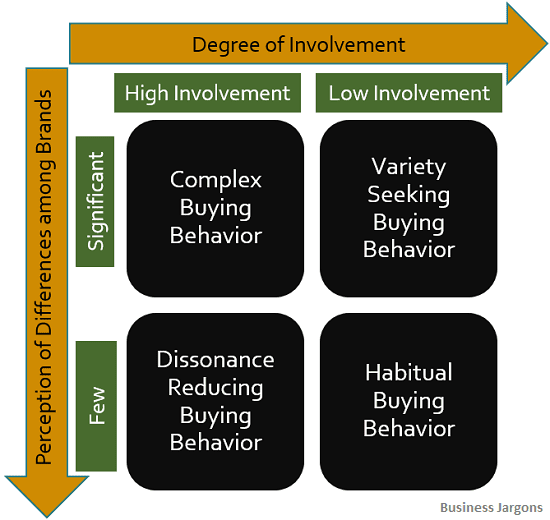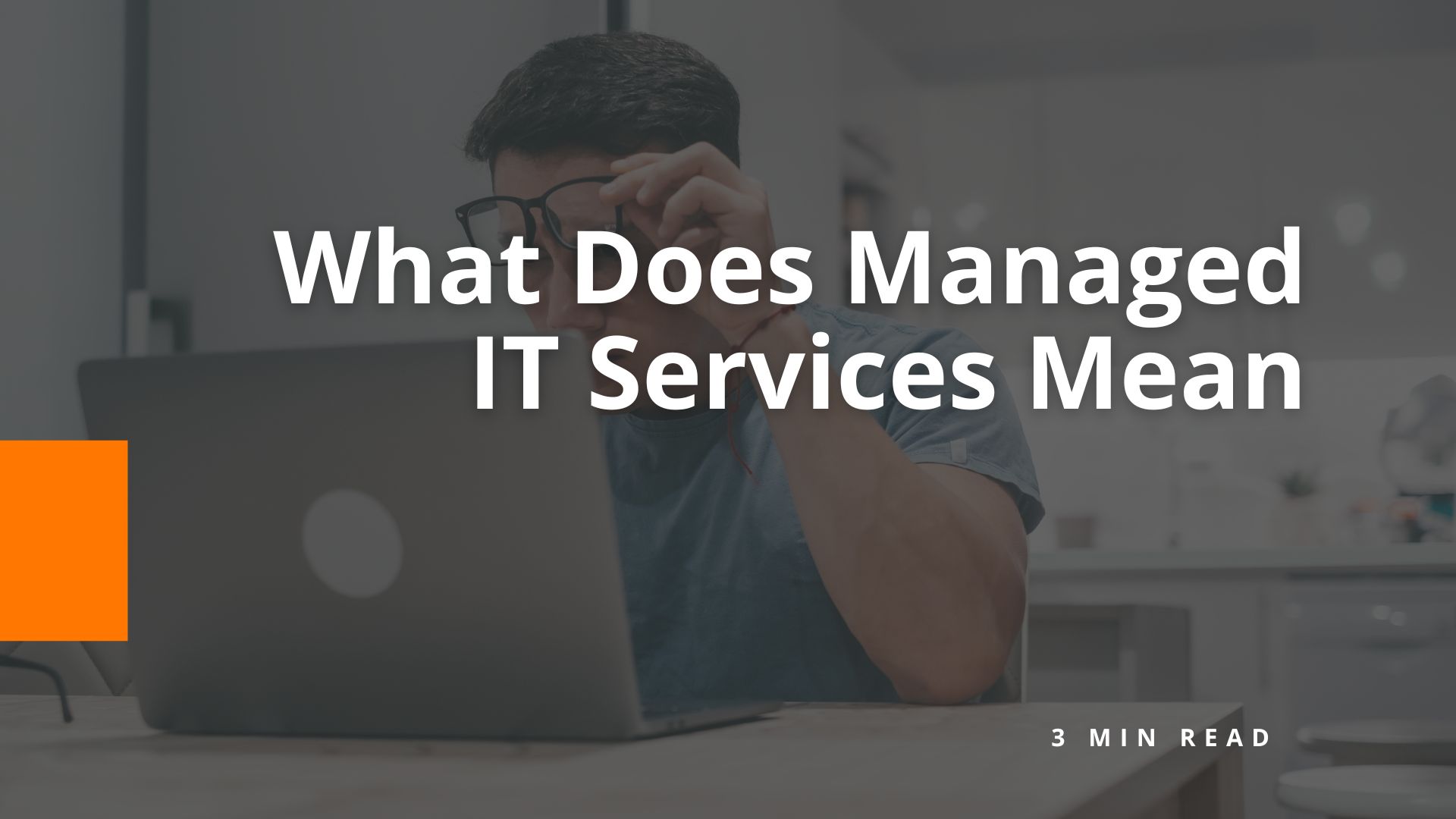How Prospective Customers Evaluate Manufacturers

Did you know that your next marketing breakthrough as a manufacturer could be hidden within the buying behaviors of prospective customers?
The Shift From Handshakes to Hyperlinks
In the manufacturing industry, understanding the nuances of buyer behavior is the key to unlocking successful digital marketing endeavors.
Long gone are the days of door-to-door sales; today, the digital market is where manufacturers seek solutions on how best to entice businesses into buying their products and services.
But how can you ensure your manufacturing company stands out in such a crowded marketplace? It all begins with decoding how prospective customers evaluate manufacturers.
Crafting a Tailored Experience
Today, a firm handshake is no longer what seals the deal. 70 percent of manufacturers seek out companies that craft a personalized customer experience.
This paradigm shift necessitates a digital marketing strategy tailored to the specific needs of your clients. From mastering SEO to orchestrating website traffic for manufacturing companies, every aspect of your digital campaign must align with buyer behavior.
What Is Buyer Behavior, Exactly?
Understanding buyer behavior requires a multifaceted exploration into the complex decision-making processes and actions prospective customers undertake when acquiring a product or service.
Unraveling the motives behind buyers’ choices provides invaluable clues to businesses that can shape the trajectory of effective marketing campaigns.
Examining the nuances of buyer behavior, including habits and preferences, equips advertisers with the foresight to predict emerging trends in marketing for manufacturing companies. With this knowledge, you can craft a strategic approach that not only adapts to evolving preferences but consistently delivers optimal results.
Various psychological, social, cultural, economic and personal factors impact buyer behavior and purchasing decisions. Still, they typically involve these five steps:
- Recognizing the need: The initial phase where the buyer acknowledges the existence of a problem or need, setting the stage for a proactive search for solutions.
- Searching for information: The buyer gathers comprehensive details on all viable options with a thorough information search.
- Weighing the pros and cons: At this critical juncture, the buyer meticulously evaluates the merits and drawbacks of each potential solution. It’s a thoughtful process of weighing alternatives.
- Choosing the ideal solution: Armed with a wealth of relevant information, the buyer arrives at a decision crossroads, opting to acquire the product that aligns best with their needs or judiciously delaying the purchase in anticipation of finding a better option.
- Assessing satisfaction and future intentions: Following the purchase, the buyer enters a reflective phase, assessing their satisfaction with the product and overall experience. This introspection guides decisions on whether to recommend the product or consider future engagements with the company.
The 4 Types of Buyer Behavior in Prospective Customers
As you learn how prospective customers evaluate manufacturers and make purchasing decisions, remember that the insights gained are not just tools; they are the building blocks of a successful and resonant digital marketing strategy.
In manufacturing, it’s important to understand all types of buyer behavior. Let’s explore the four distinctive types of buying behavior in prospective customers:
- Complex buying behavior: The meticulous decision-making process of buyers facing high psychological or economic risks.
- Dissonance-reducing buying behavior: The struggle of buyers torn between similar products, plagued by the concern of post-purchase regret.
- Habitual buying behavior: These buyers rely on past experiences, steering clear of extensive research.
- Variety-seeking buying behavior: Variety-seeking shoppers switch brands on a whim, driven by the desire for new experiences.

Analyzing the Patterns in Purchases, Products and Payments
Analyzing the buyer behavior patterns exhibited by your prospective customers provides a valuable lens through which you can gain profound insights into the preferences and motivations of your audience.
When crafting your marketing strategy, it’s crucial to take into account these three specific behavior patterns that can significantly influence the success of your campaigns:
- Past purchases: See what products your prospective customers have purchased in the past. This can provide clues about what kind of equipment might interest them, their general needs and what price point they’re willing to pay.
- Purchase frequency: Learn how often prospective customers make a purchase and when. This can provide clues about how often they’re in the market for your products and at what point in the year you should contact them with marketing information. When it comes to effective marketing, timing is everything. Knowing your customers’ purchase frequency can help you reach them with targeted messaging when they need it most.
- Payment method: Understanding how buyers pay for their purchases can tell a lot about their buyer persona. Discover whether your target audience prefers to shop in person or likes to pay online. If they want to open an account, there’s an opportunity for future purchases and upselling potential. A shopper’s preferred payment method can tell you a lot about their buyer behavior and reveal information about how to approach them for purchases.
Tailor Your Digital Marketing Strategy to the Needs of Prospective Customers
When it comes to marketing your manufacturing company, you have options: You can pay for advertising (a process known as “outbound” marketing) or you can bring prospective customers and clients right to you with an effective digital inbound marketing strategy.
At BigOrange Marketing, we can help you build a strategic roadmap to drive more quality leads through your sales pipeline and generate more revenue for your business. Our effective digital marketing strategies can help you get found, get results and deliver valuable insights to help shape your current and future campaigns. Contact us today.
Share the knowledge
How Big Is the MSP Industry?
The managed service provider (MSP) industry has seen substantial growth over the past decade. Because our reliance on technology has steadily increased over the years,…
Explore this TopicWhat Does Managed IT Services Mean?
Managed IT services is a practice that many businesses are choosing now, outsourcing the responsibility of maintaining and managing their technology. This is an alternative…
Explore this TopicHow Do I Find a Marketing Agency for My MSP?
Here are a few simple steps to take as you research and find an MSP marketing agency: Should I Hire a Marketing Agency for My…
Explore this TopicLeveraging ChatGPT: A 10-Step Guide to Crafting an Effective AI Marketing Campaign (In Just 45 Minutes!)
Creating a compelling AI marketing campaign can be a daunting task, especially when time is limited. BigOrange Marketing is here to help with an engaging…
Explore this TopicIs Content Marketing Dead? What Business Owners Need to Know Now
With search algorithms continuing to get smarter and new AI tools more able to produce volumes of content with ease, does content even matter anymore?…
Explore this TopicLearn How to Leverage AI to Create Marketing Campaigns at CompTIA
Gone are the days of marketing campaign planning taking hours upon hours to complete. With our ChatGPT strategy you do not need to spend hours…
Explore this TopicWe’ll See Ya at CompTIA’s ChannelCon 2024
The CompTIA ChannelCon 2024 will be here before we know it. BigOrange Marketing’s CEO, Margee Moore, will be meeting attendees at our booth and giving…
Explore this TopicWhat Are the 7 Steps of StoryBrand?
The 7 steps of StoryBrand are designed to create a clear and attention-grabbing narrative that positions the customer as the hero and your brand as…
Explore this Topic









